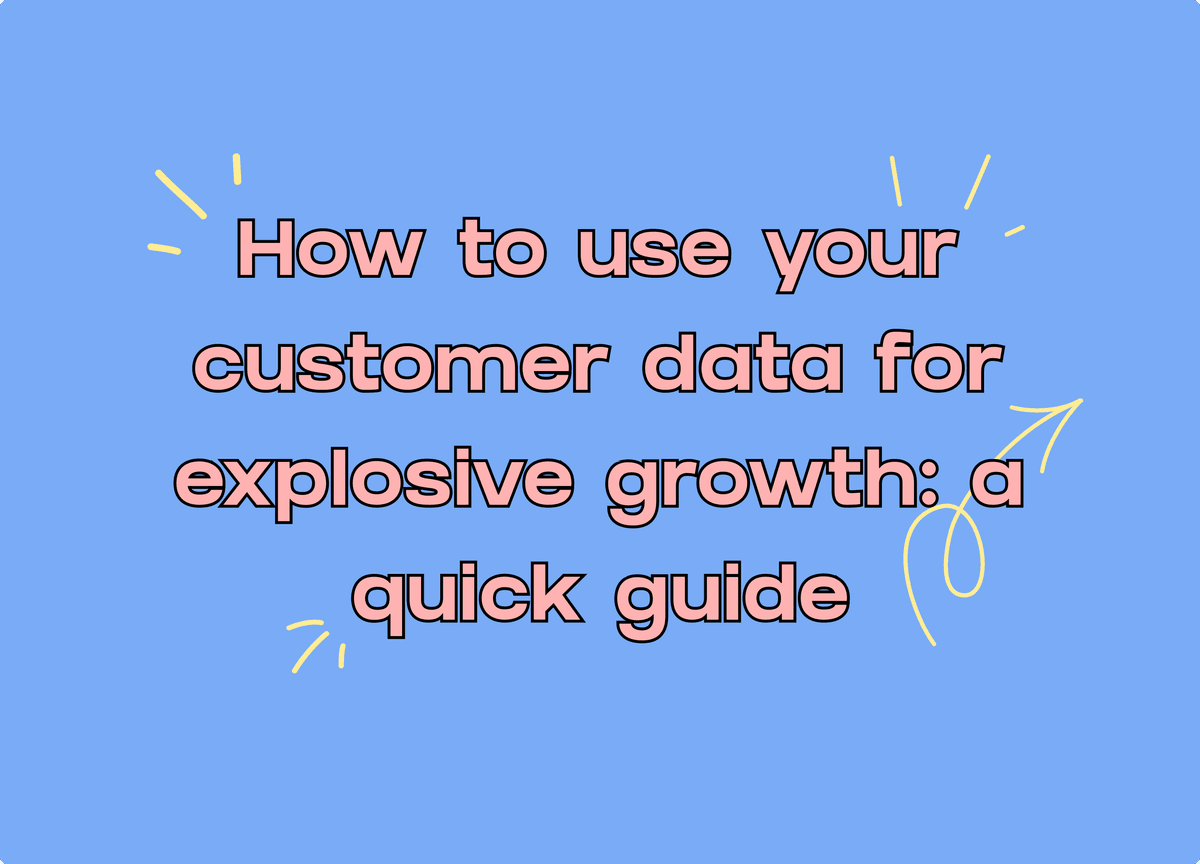
How To Use Your Customer Data For Explosive Growth: A Quick Guide
So you've followed the advice of major companies from across the marketplace and poured your resources into collecting customer data.
Now what?
For small- and medium-sized businesses, it can be difficult to know what to do once the data is in your hands. You might even find yourself sitting on more data than you, your marketers, or your researchers can manage.
In this post, we're going to cover the key ways that you can maximize your customer data ROI, starting with the basics...
How to best store and utilize customer data
If you aren't storing your data effectively, then you can't use it effectively either. There are a few reasons for this.
First, failing to properly store your consumer data will make it nearly impossible to get an accurate read on any of your users. You'll need to check between various apps, services, and resources to get the full picture.
And since no one service will have all of the data on a particular customer, you'll need to make assumptions and guesses to patch your understanding together.
Second, storing your data poorly means real-time insights come far and few between. That makes it more difficult to communicate with your team, implement KPIs, and ensure that your data is up to date.
The solution to both these challenges? Getting a data warehouse.
The benefits of a data warehouse
A data warehouse is a service that aggregates all of your customer data from various platforms and combines it in a central location. BigQuery and Snowflake are two of the most popular options.
Just connect a data warehouse to each of your apps and services using a service like Weld and enjoy the benefits of an organized data paradigm.
Those benefits are the answers to many of the customer data challenges your organization might have been facing. With Weld, you can also update all of your apps directly from the data warehouse so that each service is in sync and updated in real-time (more on that later).
It's also easier to work and communicate with your team about your data since everyone will have the same overhead view.
Modelling your customer data
Once you’ve established a data warehouse, you can start to take your customer data to the next level. That next level begins with data modeling.
This is one of the features offered here at Weld. In essence, it allows you to set parameters, definitions, and examples for and of your data. Anyone in your organization can view this data at any point, ensuring that everyone is on the same page at all times.
For instance, you can define what an "active user" is to your organization. That way, there is no ambiguity or subjectivity among others in your team. Another example would be to have a clearly defined customer acquisition cost data model so that you have a clear overview of your marketing impact with always up-to-date information.
You can then see this definition reflected in your data, which begins the process of turning your petabytes of data into usable, easy-to-understand segments.
Activating your data
From there, it's time to activate your customer data. Activating your data means sending it to the tools your company uses every day. In other words, it turns your data from simply being used for reports and dashboards to being leveraged in your business apps – making your teams more productive and workflows more accurate.
One example of this would be to have a new contact property in Hubspot called “LTV”, and having it update on a regular frequency by syncing your customer data from your warehouse to Hubspot (with Weld for instance 😁).
Get a well-rounded view of your customers
As mentioned, activating the data in your data warehouse with Weld means connecting that data to your favorite apps and services. This includes platforms like Hubspot, Intercom, and Facebook.
When your data is active and synced between these various platforms, every member of your team can get a holistic view of each of your customers. It's easy to perform actions, track your customers' journey, and calculate the value each customer brings to your business.
Create advanced workflows from your customer data
Another benefit of activating your data through Weld is that it opens the door for advanced workflows.
Most XaaS services have built-in automation features that can make your team more efficient, accurate, and cost-effective. The backbone of digital automation is integration and communication, so bringing these services together through Weld is a powerful move to make.
You can set actions to run in one app after data is updated in another. And since all of your data is updated and synced in real-time, you'll have even more options when creating these workflow routines.
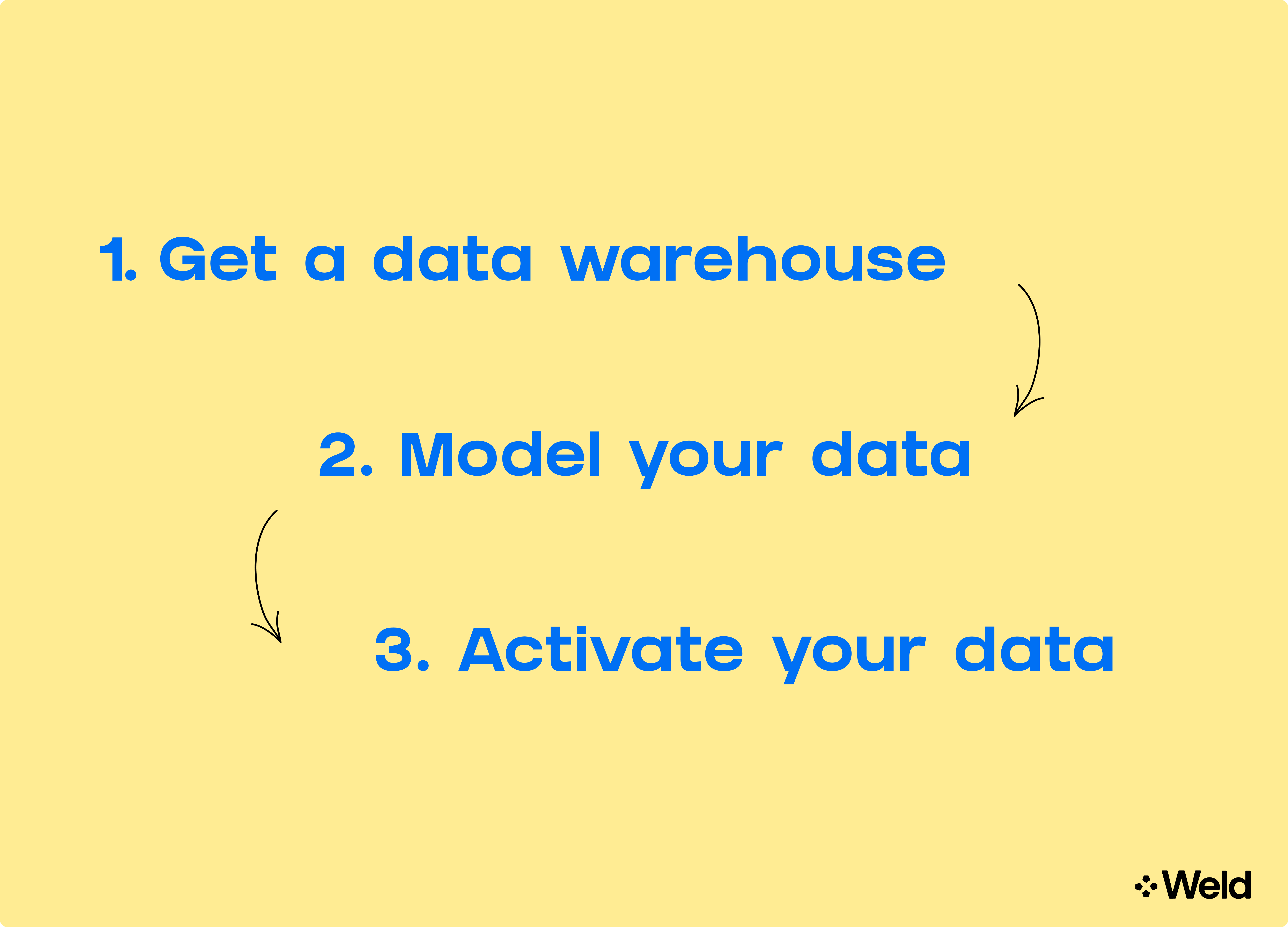
Maximizing the ROI of your customer data
So far, we've been covering ways that you can make the back-end of your customer data more effective and efficient. But to get the most out of your data, you need to take things a step further: changing your customer experiences.
Here are a few ways to maximize the ROI of your customer data.
Personalize your customer interactions
Aggregating data on your users allows you to craft experiences that are not only unique to your business but unique to each of your customers, too.
While personalized customer experiences might sound like a vague strategy, it can generally be broken down into two simultaneous approaches:
- Tailoring the content each customer is exposed to
- Tailoring the timing of your interactions with each customer
You can see this at work on any major online platform. Product recommendations, marketing letters, and recommendations are all customized based on previous interactions with each customer.
It’s a great way to boost engagement and, ultimately, revenue.
Shape the way you look at customer behavior
Another way to maximize the ROI of your customer data is to use that data to inform your buyer analysis approach. If you can check various data points from across your tech stack, you can start to see patterns in the way your customers interact with your service.
For instance, you might start to notice that certain customers are more active at a specific time of day. Or maybe the majority of your conversions are happening after a lead is exposed to "X" amount of marketing or “Y” messaging campaign.
Once you pick up on these patterns, you can stop taking shots in the dark — instead, streamlining your entire approach to the genuine customer journey your users (and could-be users) go through.
The result? A meaningful boost to your marketing effectiveness and, yes, better ROI.
See how Weld can help you get the maximum value from your customer data
The examples and methods provided throughout this post are just a few of the ways that Weld can increase your customer data ROI. Book a free demo today.
Continue reading
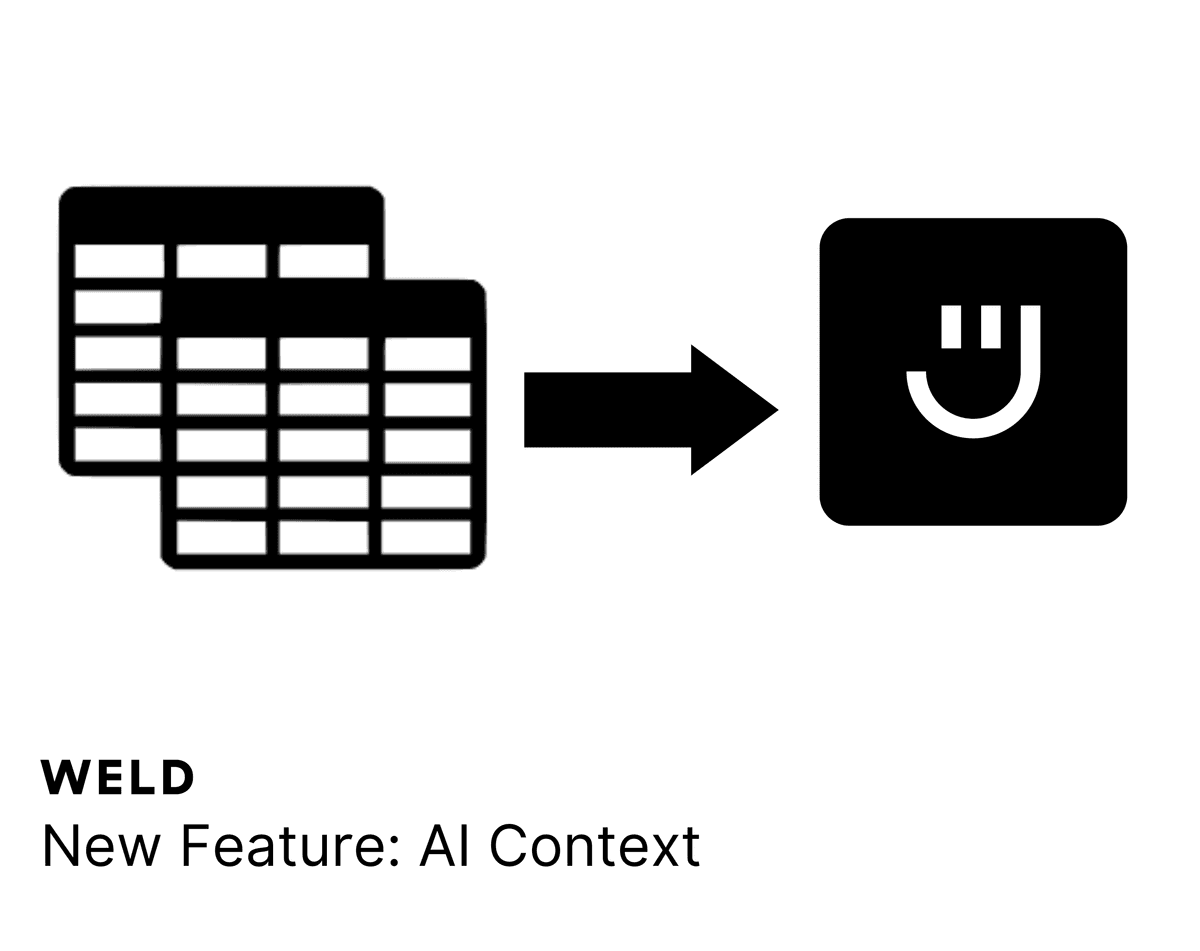
New Feature - AI Context
Our AI assistant, Ed, now lets you include contexts for your prompt, beyond all the useful features it already had!
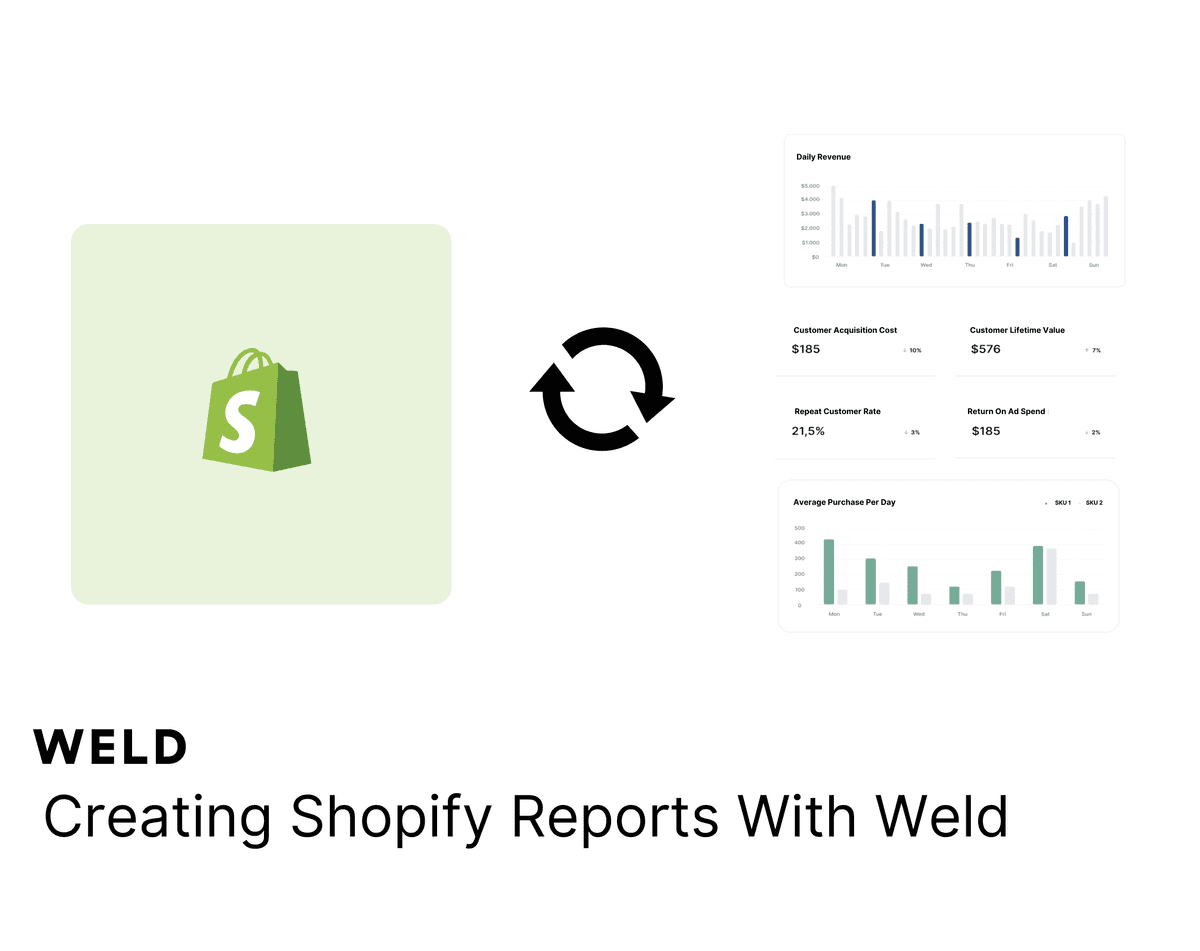
How to set up your Shopify metrics in Weld
Learn how to set up your Shopify metrics in Weld and get actionable insights from your data.
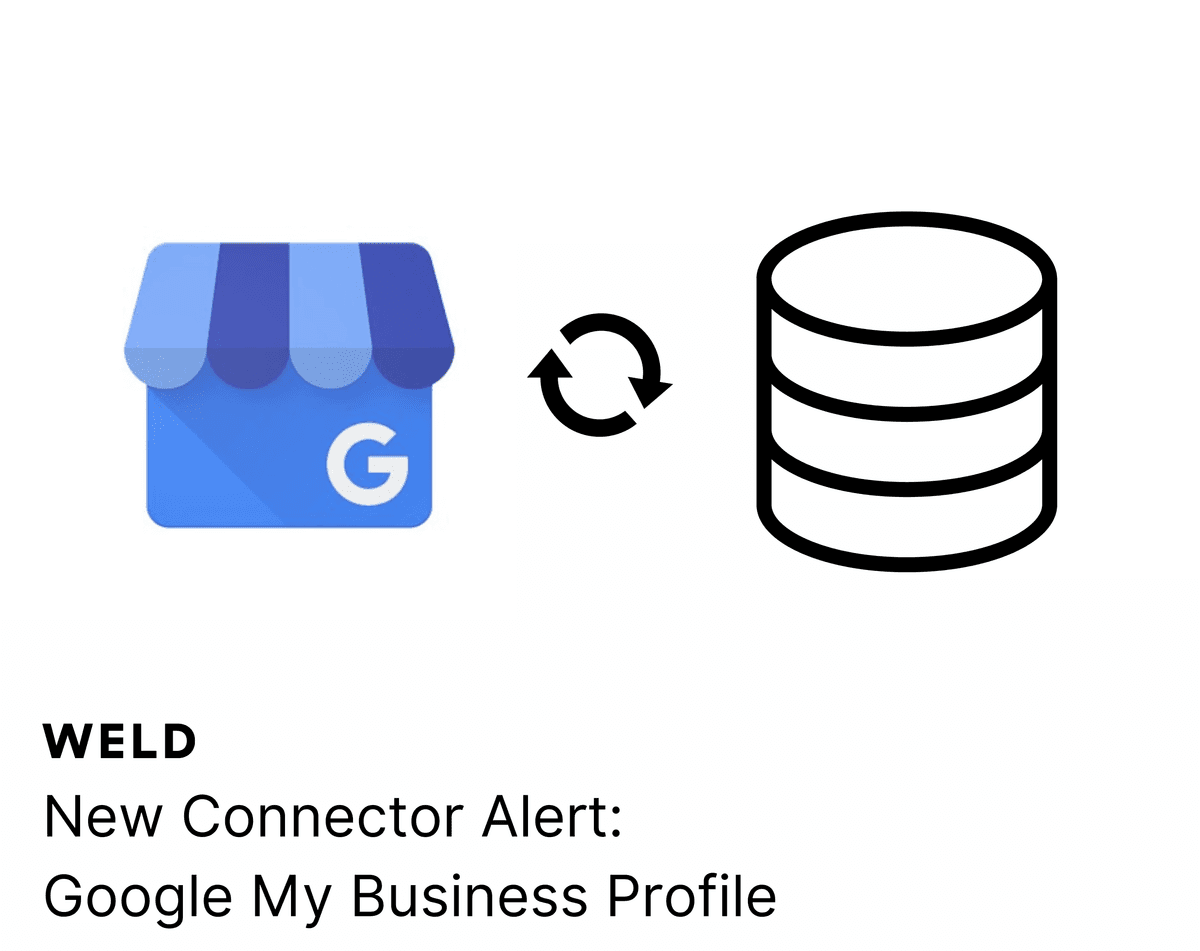
New Connector Alert - Google My Business Profile
Looking to optimize your Google My Business Profile reporting? With our new ETL connector, you can effortlessly integrate your Google My Business Profile data with all your other data sources. Create a comprehensive view of your business metrics, enhance your analytics, and make more informed decisions with ease!





